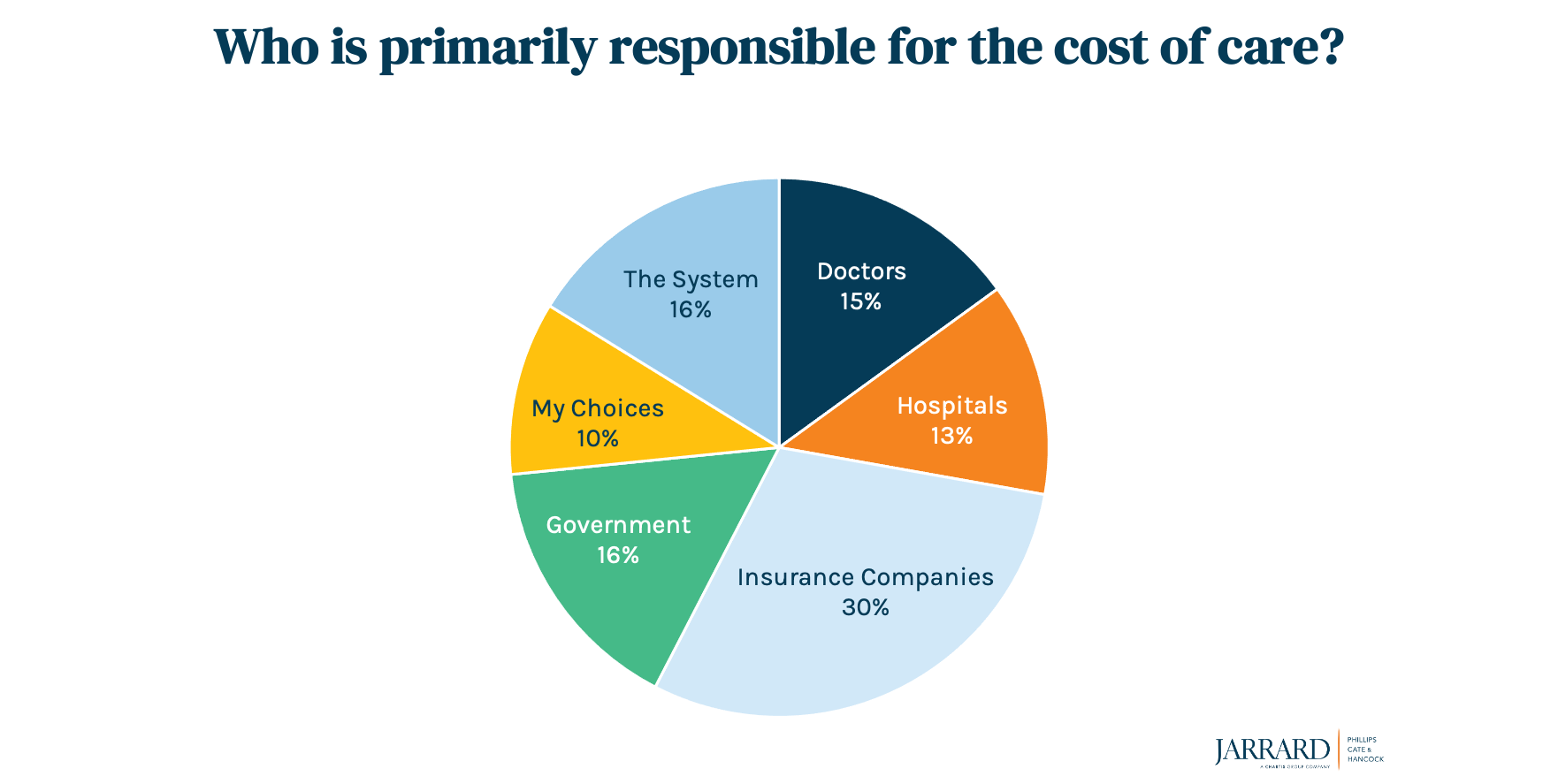
Note: This piece was originally published over the weekend in our Sunday newsletter. Want content like this delivered to your inbox before it hits our blog? Subscribe here.
The Big Story: Major nonprofit hospitals’ community spend falls millions short of tax break savings, report says
The Lown Institute last week released its naughty and nice list of hospitals based on their community benefits and found that 72 percent of not-for-profits spent less on the community than they received in tax breaks. The report ranks hospitals as community partners based on spending for charity care, community health initiatives and Medicaid revenue. In a first, it also assessed “fair share spending,” which compares private non-profit hospitals’ spending in those categories against the value of their tax exemptions.
Impact on Your Hospital
This failure to cover the tax exemption is red meat for critics of our industry…And where it’s true, it should be. Let’s address what you can do to safeguard your reputation if your organization is one with a deficit in “fair share” spending, at least as Lown figures it. A couple of points to set the stage before we do that:
First, this is real money we’re talking about.
- The value of tax breaks for nonprofit providers is significant, with the national aggregate a whopping $24 billion in 2011; experts say it’s likely double that today – do the math, that’s something around $50 billion.
- Roughly $17 billion.That, per Lown, is the cumulative deficit from the almost three-quarters of the 2,400 nonprofit hospitals reviewed that spent less on overall community benefits than the value of their tax break (as they calculate it, at least).
Second, “community benefit” is notoriously difficult to define and is inconsistently calculated across the country.
Does it include charity care? Of course. Does charity care include just the cost of the care delivered or the margin lost as well? And that margin is based on what charge? If you’re an academic medical center, does it include the cost of research? (Lown says it does not). While we’re at it, how do you determine the potential tax relief you’re receiving as a not-for-profit? What’s included in that calculation?
The days are passing when providers can rely solely on the great, historic strength of their branded reputations to push aside pointed criticisms of our industry based on thoughtful research like we see in the Lown report.
The visibility of the study demonstrates again that if providers aren’t defining their value to the communities they serve, someone else will. And it won’t be to their benefit.
This story is the latest in a series of critical spotlights on the performance of providers, and it will not be the last. Indeed, there’s more data from Lown on the way – the institute said it will release its full hospital index later this year.
Providers need to do well, of course, and be true to their mission in every investment made and in service to the community.
They also need to know how well they do, how they can prove it and then tell that story. It’s not creating a conversation. It’s joining (and shaping) a conversation already in progress.
What Communication Must Happen Today
Shaping that conversation requires intentional focus on both the work of Community Benefit itself and how you talk about it. It means defining the terms and demonstrating how you’re applying them. Because, in our experience, the apparent discrepancies picked up by the Lown report often happen when individual decisions are made in near isolation, without enough connection to or consideration of the larger issue – in this case, Community Benefit.
Therefore, as you dig into the work and the message, consider the following:
- Know your value. How do you calculate your community benefit? Work with your leadership team, including finance and clinical leaders, to create the formula that reflects your orgs true value.
- Know your numbers and the story they tell. What does your formula tell you about your organization; what comprehensive narrative do the numbers reveal? Frame it.
- Tell your story. Set the table so the value of your organization is clear and defined by you before others do it for you. Engage proactively and consistently with the community through your own channels and the media to show the incredible ways you’re meeting their needs and fulfilling your mission.
And then, as you move forward, keep these three tactical considerations in mind:
- Plan ahead. Work with leadership to determine in advance your charity care and community benefits spending – and then plan for how you’re going to measure and publicize this. Marcom leaders, as connectors between community and hospital, should play a vital role in discerning what people want and need. Focus keenly on your community health needs assessments and prioritize spending to mirror needs. Then do it and get the word out.
- Stay in the loop and keep others looped in. Your board will be asked about your organization’s policies and actions, especially for community hospitals. Report out regularly on this issue, involve them. After all, as board members they are accountable. Meanwhile, stay vigilant to ensure your organization isn’t engaging in predatory financial practices that are harmful to people and undermine your collective community benefit.
- Document everything. If it wasn’t written down, it didn’t happen. There’s a decent chance your organization is doing a lot of community benefit work that’s slipping through the cracks and, therefore, you’re not getting credit for. Capture it all – every community meeting, screening event, health fair, hour donated by employees on the clock, etc. Use that documentation to share what’s being done and spent.








